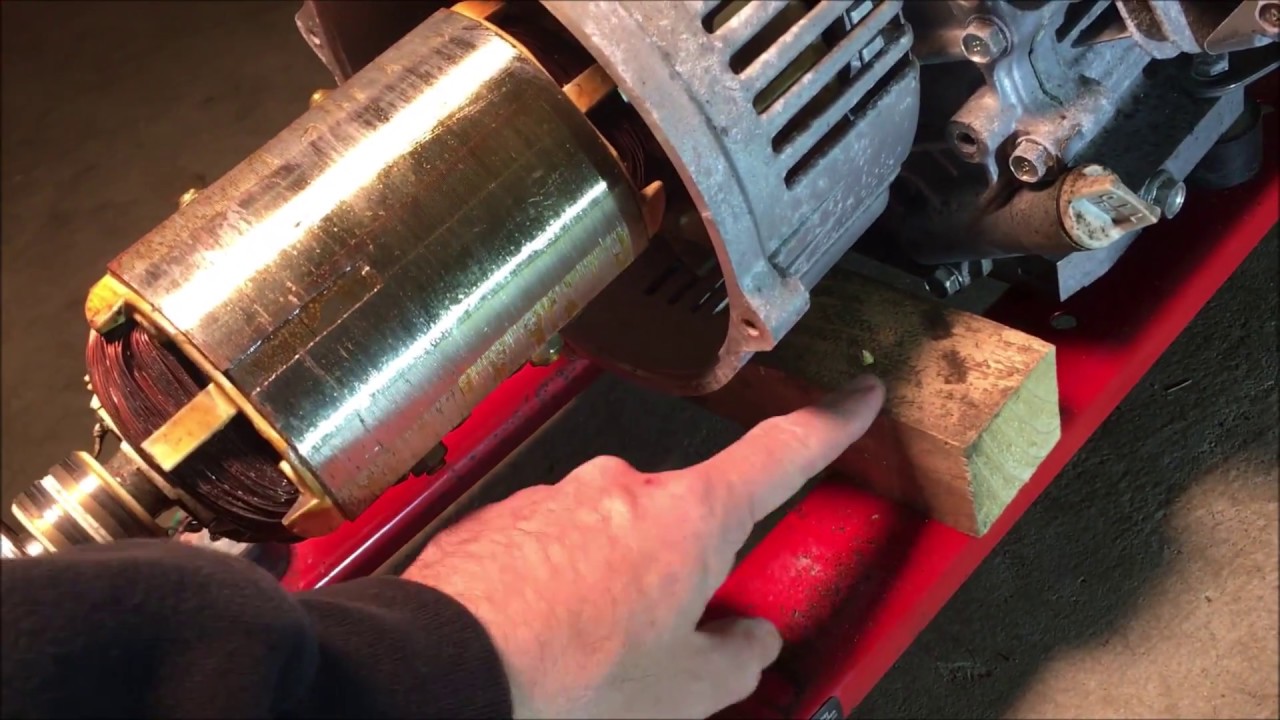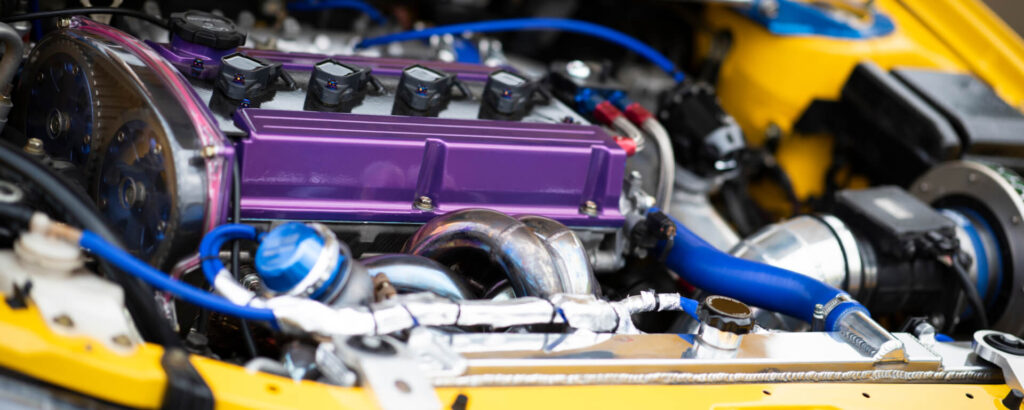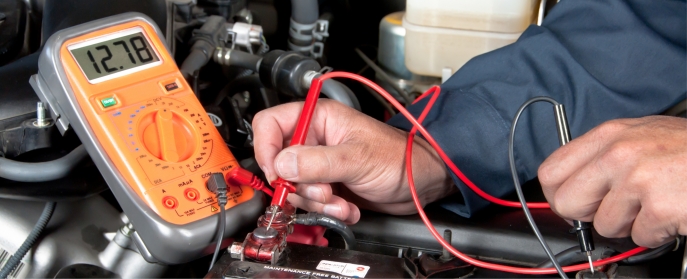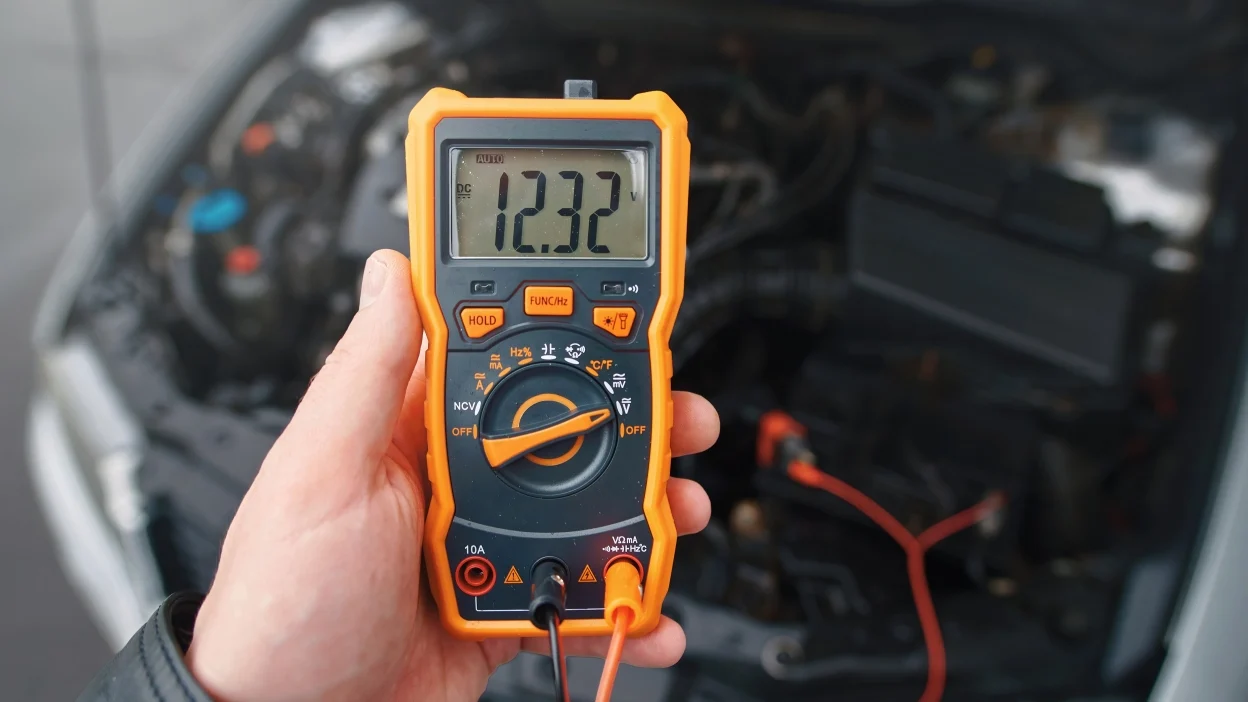To remove a generator from an engine shaft, first disconnect the generator from its power source and engine. Next, release any tension in the drive belts and remove them.
Removing a generator from an engine’s shaft can seem daunting, yet it is essential for maintenance or repair tasks. A generator connected to an engine’s shaft plays a critical role in ensuring your machinery operates efficiently. It’s vital to approach this task with caution to prevent damage to the engine or generator.
Whether you’re a seasoned mechanic or a DIY enthusiast, understanding the proper steps helps guarantee a smooth and safe removal process. With the right tools and instructions, the complexity of detaching a generator from an engine shaft becomes manageable, setting the stage for a successful operation.
Detaching The Generator Armature
When you are faced with the task of servicing or replacing a generator, one of the first steps to undertake is detaching the generator armature. This intricate component is the heart of your generator, and carefully removing it is essential to avoid any damage. The following guide outlines a methodical approach to disassemble the generator from the engine system.
Overview Of The Removal Process
Remove The Generator Armature And Stator
- Locate the bolts securing the generator to the engine.
- Unbolt the fasteners with the appropriate wrench.
- Disconnect any wiring connected to the generator.
- Carefully remove the generator end cap to expose the armature.
- Release the armature from the stator by gently prying them apart.
Each generator may have unique design aspects, so referring to the service manual for specific instructions is advised. The armature is often press-fitted to the shaft or held in place with a retaining bolt or nut.
Using A Solid Rod For Removing The Armature Coil
- Insert the rod into the hole at the end of the armature.
- Ensure it’s firmly seated.
- Apply gradual pressure by hitting the end of the rod with a hammer.
- The shock and force transferred to the armature should loosen it from the shaft.
Employing this approach requires caution to prevent bending or otherwise warping the armature, as it is a critical component for the efficient operation of your generator.

Credit: www.diygokarts.com
Separating The Generator Rotor From The Crankshaft
Removing a generator from an engine shaft requires precision and proper technique. Start by releasing tension and detaching any connectors, allowing for the safe separation of the generator rotor from the crankshaft. This ensures a smooth disassembly process, maintaining the integrity of both components.
Detailed Steps for Separation
Detailed Steps For Separation
Adherence to specific steps is crucial for a successful separation:
- Power Down: Ensure that the generator is off and disconnected from all power sources to avoid accidents.
- Access the Rotor: Remove any components obstructing access to the generator rotor, such as covers or guards.
- Lock the Rotor: Secure the rotor in place using the appropriate locking mechanisms to prevent it from turning during removal.
- Loosen the Rotor Nut: Using a suitable wrench, loosen the nut holding the rotor to the crankshaft.
- Apply Penetrating Oil: If the rotor is stuck, apply penetrating oil around the crankshaft and allow it to seep in, aiding in loosening.
- Use a Puller: Attach a puller tool to the rotor and tighten gradually, exerting even pressure until the rotor comes off the crankshaft.
- Increase Force Gradually: If the rotor is stubborn, slowly increase the force applied by the puller to avoid damage.
- Remove the Rotor: Once loosened, carefully slide the rotor off the crankshaft.
Specific Tools Required For This Task
The following tools are essential for separating the generator rotor from the crankshaft:
- Locking Tools: To hold the rotor stationary while removing the retaining nut.
- Socket Wrench Set: To fit the retaining nut for loosening and removal.
- Penetrating Oil: For easing the separation of stuck components.
- Generator Rotor Puller: This specialized tool hooks onto the rotor and exerts a pulling force away from the crankshaft.
- Hammer: To tap the puller tool gently if needed, facilitating the release.
- Protective Gloves: To keep hands safe from sharp edges and lubricants.
Possible Uses Of The Generator Motor
The generator motor, often found doing its designated job of generating electrical power, holds untapped potential once liberated from its engine shaft support.
These robust machines are not just one-hit wonders of the electromechanical world; rather, they harbor the versatility of being repurposed for a variety of other tasks.
Whether finding new life in another appliance or being the heart of a custom project, the second life of a generator motor can be equally, if not more exciting than its original incarnation.
Different Conversions Achievable With Motor-generators
- AC to DC Conversion: Useful for charging batteries or powering DC devices.
- DC to AC Conversion: Important for creating usable household current from DC sources.
- Voltage Transformation: Crucial for stepping down or stepping up voltage levels to match device requirements.
- Frequency Modification: Required when altering the frequency of the current to match the needs of alternate systems.
Practical Applications For The Generator Motor
Innovative repurposing opens a realm of possibilities for practical applications of the generator motor:
- DIY Electric Vehicles: Reuse the generator motor as the driving force within custom electric cars or bikes.
- Energy Storage Systems: Embed the generator motor into solar setups to store excess energy.
- Custom Power Generators: Merge the generator motor with alternative energy sources for unique power solutions.
- Workshop Tools: Integrate into power tools for workshops, like lathes, mills, or even as a bench grinder motor.
- Home Automation Projects: Channel the motor’s capabilities for home automation systems, enhancing convenience and efficiency.
Understanding Generator Starting Issues
When dealing with generator maintenance, understanding why a generator won’t start is just as important as knowing how to remove it from the engine shaft. The first step in troubleshooting is to identify common starting issues. Once these are understood, various troubleshooting methods can be employed to address and resolve the problem.
Common Reasons For A Generator Not Starting
- Battery Failure: Loose connections or sulfation buildup can prevent the generator from starting.
- Fuel Issues: Insufficient fuel, bad fuel, or issues with the fuel line can lead to starting problems.
- Oil Level: Low or old oil can fail to lubricate the engine, causing it to seize up and not start.
- Air Filter: A clogged air filter restricts airflow into the engine—a necessary component for combustion.
- Spark Plug: A dirty or faulty spark plug can fail to ignite the fuel-air mixture.
Troubleshooting Methods For Starting Issues
- Inspect the battery and clean any corrosion. Check for loose connections and ensure it’s fully charged.
- Check the fuel level, the quality of the fuel, and inspect the fuel line for blockages or leaks.
- Verify the oil level is within recommended ranges and replace old oil if necessary.
- Examine the air filter and replace it if it’s clogged.
- Remove and inspect the spark plug for wear, and replace it if it’s faulty.
If the problem persists after thorough troubleshooting, it may be necessary to consult with a professional or consider removing the generator from the engine shaft for a deeper inspection or repair.
Frequently Asked Questions
How Do You Remove An Armature Coil?
To remove an armature coil, first disconnect power and remove the motor’s outer housing. Release the retaining clips or bolts, and gently pull out the armature from the stator.
What Can I Use A Generator Motor For?
A generator motor can be repurposed for alternative power generation, driving machinery or as a motor for DIY projects like go-karts.
Why Is My Generator Turning Over But Not Starting?
Your generator might not start due to issues such as a faulty spark plug, clogged carburetor, bad fuel, or a dead battery.
How Do You Turn A Generator Off?
To turn off a generator, first disconnect all loads, switch off the AC circuit breaker if applicable, set the generator’s switch to off, and finally turn the fuel valve to off.
Conclusion
Removing a generator from an engine shaft needn’t be daunting. This guide has aimed to simplify the steps to ensure your safety and the integrity of your equipment. By following the outlined procedure, you can tackle the task with confidence.
Remember to wear protective gear and double-check each action for a seamless operation. Should you encounter challenges, consult a professional. Keep this guide handy for future reference and your generator removal will be streamlined and stress-free.





Leave a Reply